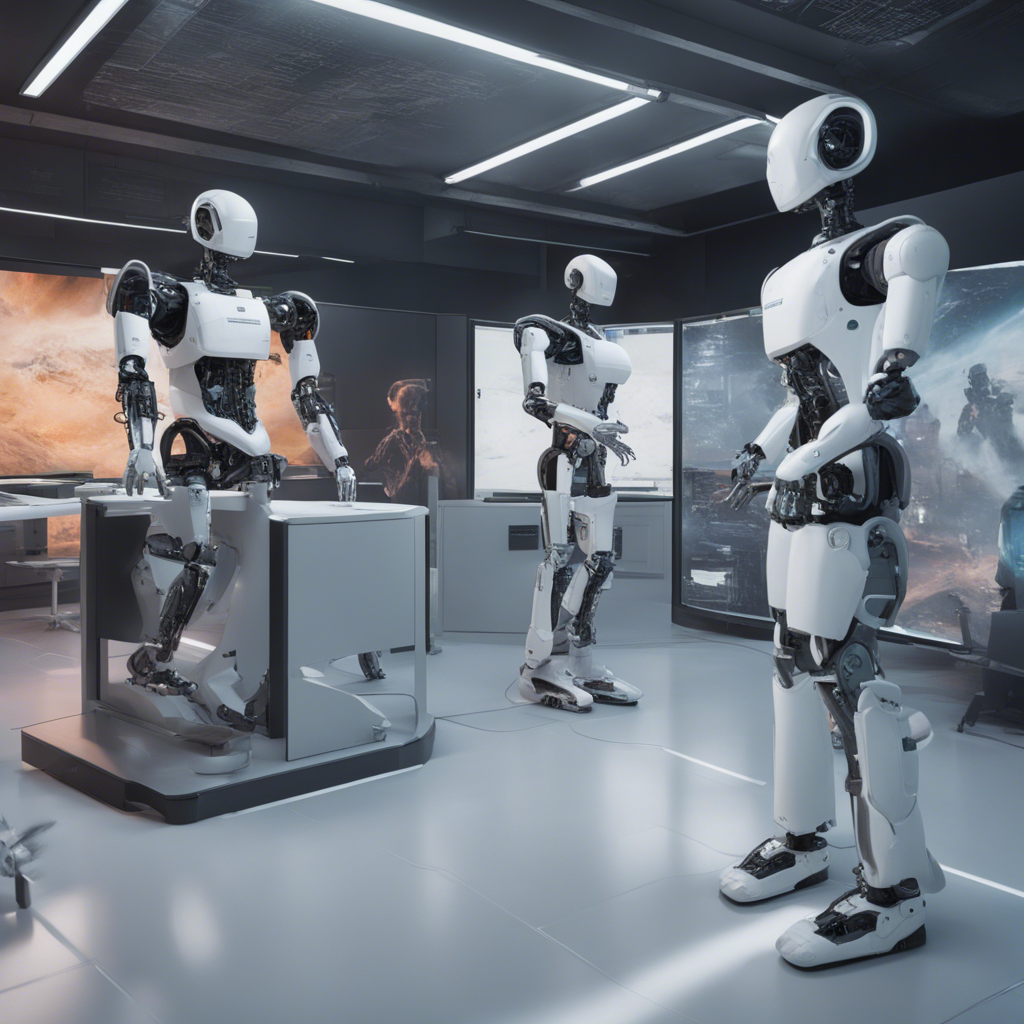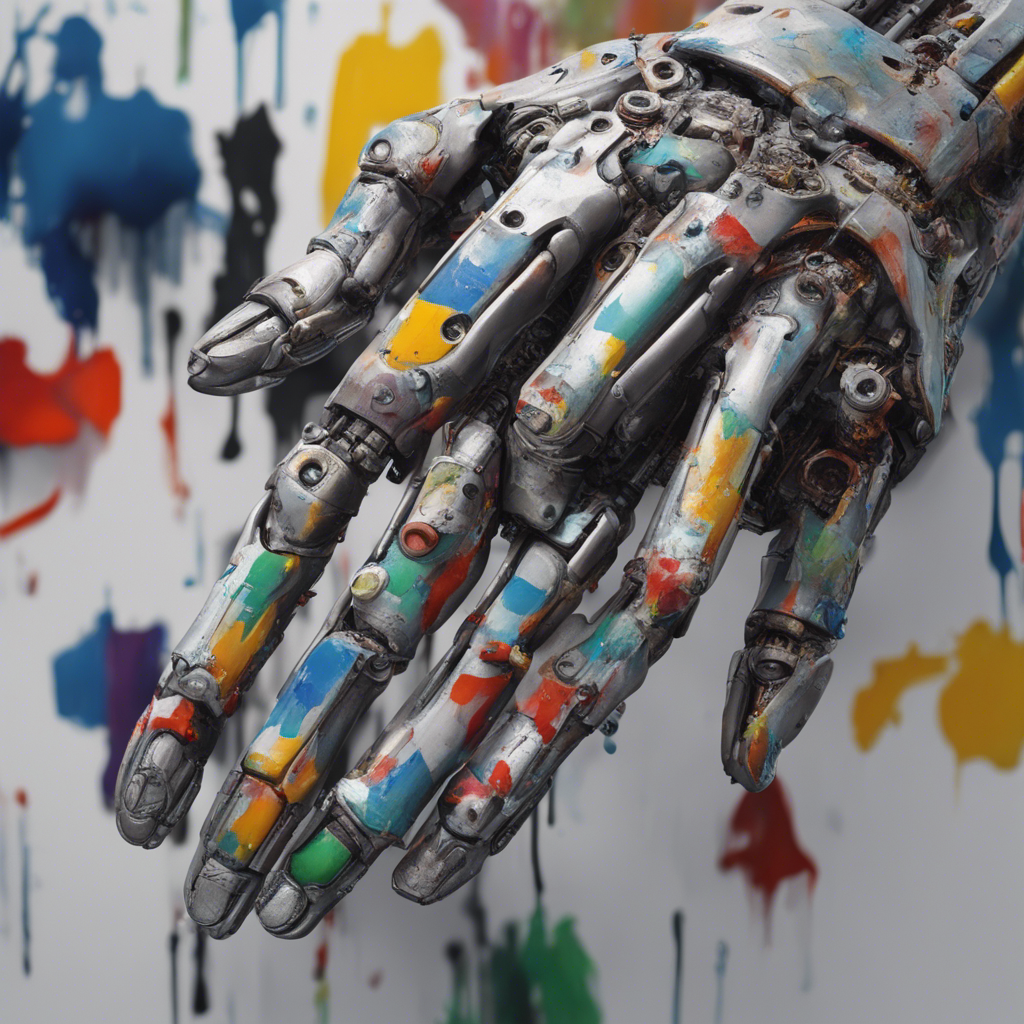
Have you ever wondered how intelligent machines can learn and improve their performance over time? Reinforcement learning is a fascinating field of artificial intelligence (AI) that enables machines to learn through trial and error, just like humans. In this blog post, we will explore the concept of reinforcement learning, its applications, and debunk some common misconceptions surrounding this powerful approach.
Understanding Reinforcement Learning
Reinforcement learning is a type of machine learning where an agent learns to interact with its environment and maximize certain rewards. Unlike other machine learning techniques, reinforcement learning involves learning from direct experience rather than being explicitly programmed. The agent explores its environment, takes actions, and receives feedback in the form of rewards or penalties. Over time, it learns to associate certain actions with desirable outcomes and adjusts its behavior accordingly.
Key Components of Reinforcement Learning
To better understand how reinforcement learning works, let’s dive into its key components:
1. Agent: The agent is the learner or decision-maker that interacts with the environment.
2. Environment: The environment is the external context in which the agent operates and receives feedback.
3. Actions: The agent takes actions based on the available information and observations about the environment. These actions can have short-term rewards or long-term consequences.
4. Rewards: Rewards provide feedback to the agent about the quality of its actions. Positive rewards reinforce desirable behavior, while negative rewards discourage undesired behavior.
5. Policy: The policy is the agent’s strategy or set of rules that determine its actions in a given state of the environment.
6. Value Function: The value function estimates the expected long-term reward for a given state-action pair and guides the agent’s decision-making process.
Applications of Reinforcement Learning
Reinforcement learning has shown tremendous potential in various domains. Some notable applications include:
1. Gaming: Reinforcement learning has been successfully applied to train AI agents to play complex games, such as chess, Go, and video games. DeepMind’s AlphaGo is a well-known example.
2. Robotics: By incorporating reinforcement learning, robots can learn to perform complex tasks like assembly or navigation in dynamic environments.
3. Autonomous Vehicles: Reinforcement learning is a promising approach for training self-driving cars to make intelligent decisions while ensuring passenger safety.
4. Finance: Reinforcement learning techniques can be used for optimal portfolio management, algorithmic trading, and risk assessment in the financial sector.
Debunking Common Myths Surrounding Reinforcement Learning
Like any other technology, reinforcement learning is subject to misunderstandings and misconceptions. Let’s debunk some common myths:
Myth 1: Reinforcement learning requires a large amount of labeled data. Unlike supervised learning, which relies on labeled data, reinforcement learning does not require pre-labeled examples. It learns through trial and error, making it suitable for scenarios where explicit feedback is limited or costly.
Myth 2: Reinforcement learning can solve any problem without human intervention. While reinforcement learning is powerful, it still requires careful setup and problem formulation. Humans play a crucial role in defining the rewards, shaping the environment, and designing the overall learning process.
Myth 3: Reinforcement learning is only effective for well-defined tasks. Reinforcement learning can tackle complex and open-ended problems. In fact, its ability to learn from experience makes it well-suited for tasks with no clear analytical solutions.
Conclusion
Reinforcement learning is a captivating field of AI that enables machines to learn and improve through trial and error. By providing rewards or penalties, machines can learn from direct experience and make intelligent decisions in complex environments. Reinforcement learning has found success across various domains, from gaming to finance, and continues to push the boundaries of what machines can achieve.
Next time you witness a computer playing a game or a robot performing intricate tasks, you’ll understand that behind their success lies the power of reinforcement learning.
References:
- Sutton, R. S., & Barto, A. G. (2018). Reinforcement Learning: An Introduction (2nd ed.).
- Kaelbling, L. P., Littman, M. L., & Moore, A. W. (1996). Reinforcement learning: A survey.






